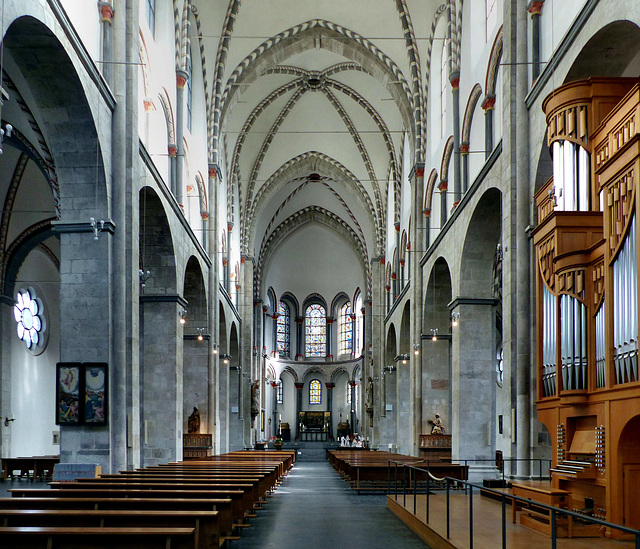Cologne - St. Kunibert
Cologne - St. Kunibert
Cologne - St. Kunibert
Cologne - St. Kunibert
Cologne - St. Kunibert
Cologne - St. Kunibert
Cologne - Cathedral
Cologne - Wasserturm
Cologne - Bäckerei Brockmann
Cologne - Groß St. Martin
Cologne - Groß St. Martin
Cologne - Groß St. Martin
Cologne - Panorama
Cologne - Eigelsteintorburg
Cologne - Alt St. Maternus
Cologne - Alt St. Maternus
Cologne - Alt St. Maternus
Cologne - Helios
Cologne - Helios
Cologne - Cathedral
Cologne - Zolling
Cologne - St. Pantaleon
Cologne - St. Pantaleon
Cologne - St. Kunibert
Cologne - St. Kunibert
Cologne - Synagogue
Cologne - St. Engelbert
Cologne - St. Engelbert
Cologne - St. Engelbert
Cologne - Flora
Cologne - Carnival
Cologne - Carnival
Cologne - Carnival
Cologne - Carnival
Cologne - Carnival
Cologne - Carnival
Cologne - Carnival
Cologne - Carnival
Cologne - Carnival
Cologne - Carnival
Cologne - Carnival
Cologne - Carnival
Cologne - 4711
Cologne - Disch-Haus
Cologne - Carnival
Location
Lat, Lng:
You can copy the above to your favourite mapping app.
Address: unknown
You can copy the above to your favourite mapping app.
Address: unknown
Keywords
Authorizations, license
-
Visible by: Everyone -
All rights reserved
-
177 visits
Cologne - St. Kunibert


Cologne is the fourth-largest city in Germany - and one of the oldest. A Germanic tribe, the Ubii, had a settlement here, this was named by the Romans "Oppidum Ubiorum". In 50 AD, the Romans founded "Colonia Claudia Ara Agrippinensium", the city then became the provincial capital of "Germania Inferior".
The legend tells, that Saint Kunibert, who was bishop of Cologne and advisor to King Dagobert I, founded a monastery here. In its center existed a church, dedicated to Saint Clemens, where St. Kunibert was buried.
Around 1210 the construction of a new church began. The choir was completed in 1226. St. Kunibert was consecrated in 1247, just a year before he Gothic cathedral was begun. So this is the "youngest" of the Romanesque churches in Cologne.
As a result of the secalurization the monastery ceased to exist in 1802. The church remained in use by the local parish.
In 1830 the the western tower collapsed during a storm. It got rebuilt until 1860 but got ruined in 1944, when the church fell into ruins due to the air raids. Reconstruction of choir and nave were finished 1955, however rebuilding of transept and western tower were only started in the late 1970s, after a long controversial dispute. Reconstruction work was finally finished in 1993.
The legend tells, that Saint Kunibert, who was bishop of Cologne and advisor to King Dagobert I, founded a monastery here. In its center existed a church, dedicated to Saint Clemens, where St. Kunibert was buried.
Around 1210 the construction of a new church began. The choir was completed in 1226. St. Kunibert was consecrated in 1247, just a year before he Gothic cathedral was begun. So this is the "youngest" of the Romanesque churches in Cologne.
As a result of the secalurization the monastery ceased to exist in 1802. The church remained in use by the local parish.
In 1830 the the western tower collapsed during a storm. It got rebuilt until 1860 but got ruined in 1944, when the church fell into ruins due to the air raids. Reconstruction of choir and nave were finished 1955, however rebuilding of transept and western tower were only started in the late 1970s, after a long controversial dispute. Reconstruction work was finally finished in 1993.
, aNNa schramm have particularly liked this photo
- Keyboard shortcuts:
Jump to top
RSS feed- Latest comments - Subscribe to the comment feeds of this photo
- ipernity © 2007-2025
- Help & Contact
|
Club news
|
About ipernity
|
History |
ipernity Club & Prices |
Guide of good conduct
Donate | Group guidelines | Privacy policy | Terms of use | Statutes | In memoria -
Facebook
Twitter

Thank you for the note.
Sign-in to write a comment.